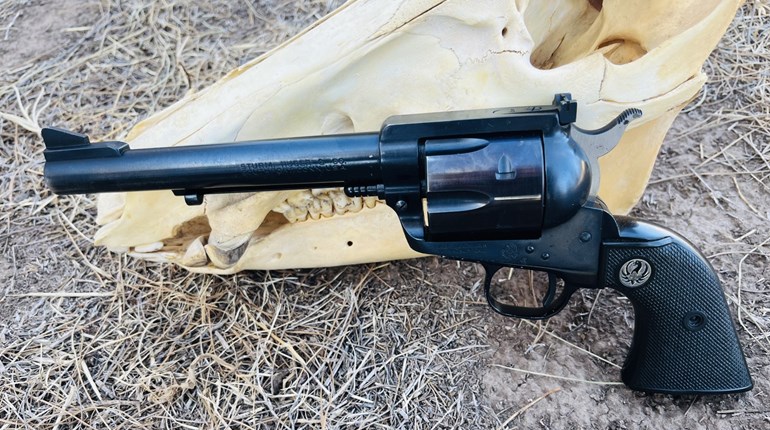
We’ve all heard the horror stories, from the minor traffic accident that turns into a major brouhaha to the sporting event where someone wearing apparel from a rival team is physically assaulted by home-team fans. These stories make the news because they are both sensational and, most of the time, completely avoidable with a little preparation.
We spend a good deal of time talking about training for dealing with the violent criminal who is bent on making a planned attack. We may not spend nearly enough time working out ways to deal with those who exhibit irrational behavior. For our purposes, let’s define irrational behavior as exhibiting anger and/or aggression in situations that simply do not warrant it. While not everyone has been the victim of a planned criminal attack, I suspect everyone reading this can remember a situation where someone around them “just lost it.”
It might be a minor vehicle accident. It could also be a family argument, dispute with neighbors, a work-place episode or the casual contact with a total stranger. Some years ago, it was in vogue to refer to it as “going postal.” Regardless, such situations can turn deadly before we know it.
Such bizarre behavior may certainly be drug- or alcohol-induced. It might be that the person has just had a bad day and is in an emotional overload. Or it could be a sign of mental illness. For the armed citizen, it really doesn’t matter what is causing the conduct. What is important to know is that this aggressive behavior could easily and quickly escalate and become absolutely dangerous behavior.
The key, of course, is to get away from it as quickly as possible. When that is not possible, however, the smart move is to do whatever possible to calm the situation. After some 30 years of wearing a badge, I can tell you it is rare that one can calm an angry person by getting angry in return. Nor do I think you will have much luck by laughing at or ridiculing this individual. Those responses nearly always only make matters worse.
In my home state, our concealed-carry licensing training requires the discussion of methods of conflict resolution. This method is a part of a concept called Transactional Analysis. It suggests that all of us, regardless of age and gender, function in one of three stages, Parent, Child and Adult.
The Parent state is one of attempting to display authority. It is the way our parents dealt with us when we misbehaved. Or when you get caught sneaking that new gun into the house and your good spouse loses it. “I told you that our budget was tight, but you snuck out and bought that new gun anyway,” he or she screams angrily. In this case, the spouse is attempting to force you into a subservient role, where you will do what you are told, like a good little boy or girl.
The Child state is one of child-like tantrums. People tend to function in the Child state when they can’t get their way, or things aren’t going their way. This is usually the case when a road-rage episode occurs or they get overly upset over a traffic accident. It is also the case with our friend who is caught with the new gun—“You never let me buy a new gun! You always say it’s for bills or other stupid stuff!”
The Adult state is one where we try to resolve the problem through reasonable discussion, and is exemplified by calm behavior. Using our gun-buying illustration, the two would sit down beforehand and discuss alternatives to manage the budget so the gun purchase is possible. It would also be exemplified by possibly accepting the fact that a new gun purchase is simply not possible this month, and we might need to consider buying a used firearm or starting a separate savings account to afford such a purchase in the future.
Back to dealing with the possible danger of irrational behavior, our only real hope of resolving the conflict is to try to calm the situation in an adult manner. That is, we talk quietly and reasonably with the person who is upset. “Look, I really hate that this accident occurred and I have good insurance that will get your car fixed up.” Or, “Let’s go sit down with a cup of coffee and see what we can do to make things right.”
While you should appear outwardly calm, it does not mean that you are ignoring the fact that things could quickly go bad. You are still observing this person closely and are prepared to take defensive action if the situation goes south. Frankly, it does not always work, but it works to de-escalate the situation far more often than when you blow your top, too. That’s another way of saying that if you are not part of the solution, then you are part of the problem.
One should be alert for irrational behavior. If matters can be resolved, they will be because you provide the calming effect that de-escalates the situation. If things don’t calm down, be ready to get away from the potential threat. And never forget that you might have to use defensive techniques should your exit be blocked. Stay aware, stay prepared, but most of all, stay calm.




































